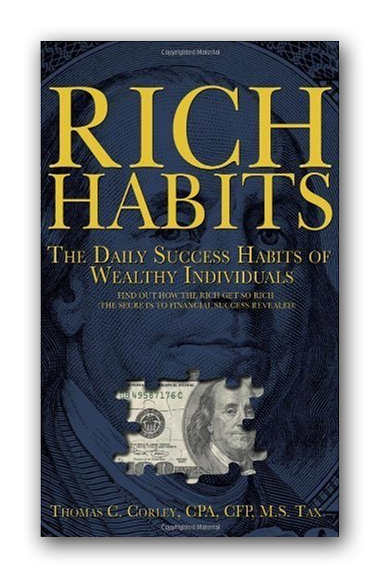
I was putting the final touches on my latest book yesterday. The editor wanted me to include some citations regarding some of the statistics I referenced in the book. One of those statistics related to optimism. The stat was:
70% of the people you run into in life are pessimistic and only 30% are optimistic.
There are a lot of variables that go into the self-made millionaire stew. Optimism is one of the most important variables. So too is a high tolerance for risk, which is only possible when you believe in yourself. The risk I’m talking about is calculated risk. This is very different from reckless risk, the type of risk most failures in life take. Optimism and calculated risk are joined at the hip. Your tolerance for risk will only be as great as your level of optimism. High risk tolerance requires high optimism. Low risk tolerance is caused by low optimism, also known as pessimism. Risk, however, can push you to the limit. When things are not going well, this risk can cause enormous stress. The only thing to make that risk tolerable is optimism. It’s like a seesaw. The level of your optimism balances out the level of calculated risk you are willing to take.
Elon Musk is perhaps the best modern day example of someone who was willing to take enormous calculated risk, putting everything he had on the line. His over the top optimism made that possible. He used it to inspire everyone he came into contact with. The investors, employees, the government, even NASA took risks others would find intolerable. And boy did they all need that over the top optimism. At the end of 2008, Musk and all of his companies were on the verge of outright bankruptcy. His Falcon 1 rocket had failed to reach orbit for the third time in early August, 2008. He had gone through most of his $223 million plus he had gone through most of the hundreds of millions venture capitalists and the government had invested in SpaceX and Tesla. Everything hinged on that fourth flight in September, 28 2008. If it too failed, it was over. Only it didn’t fail. The first privately built rocket made orbit. Musk was able to cobble together enough money to get them through the end of December, 2008. On December 28, 2008 NASA awarded SpaceX with a $1.6 billion contract.
The rest, as they say is history. Today, Musk is estimated to be worth $10 billion. His companies are changing the world. What saved the day for Musk was optimism. He, and the people he surrounded himself with, were infected by his optimism. They were all willing to devote their lives and their money to his cause. Musk made them believe they could change the world. the greater your optimism, the greater your tolerance for risk. Those with the most optimism are willing to take the most risk. High optimism, when combined with a high tolerance for risk, is what turns ordinary people into millionaires and even billionaires.












Speak Your Mind